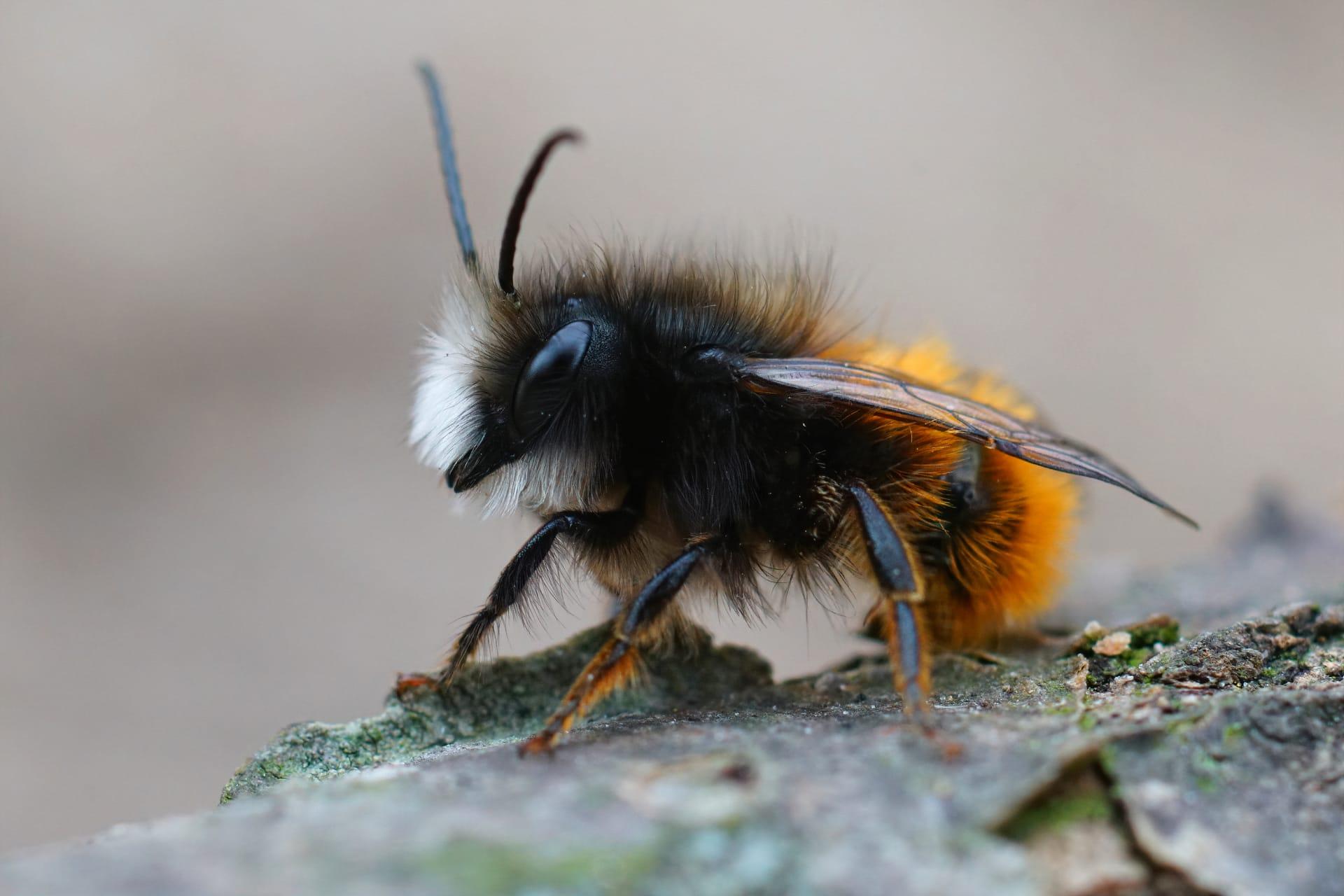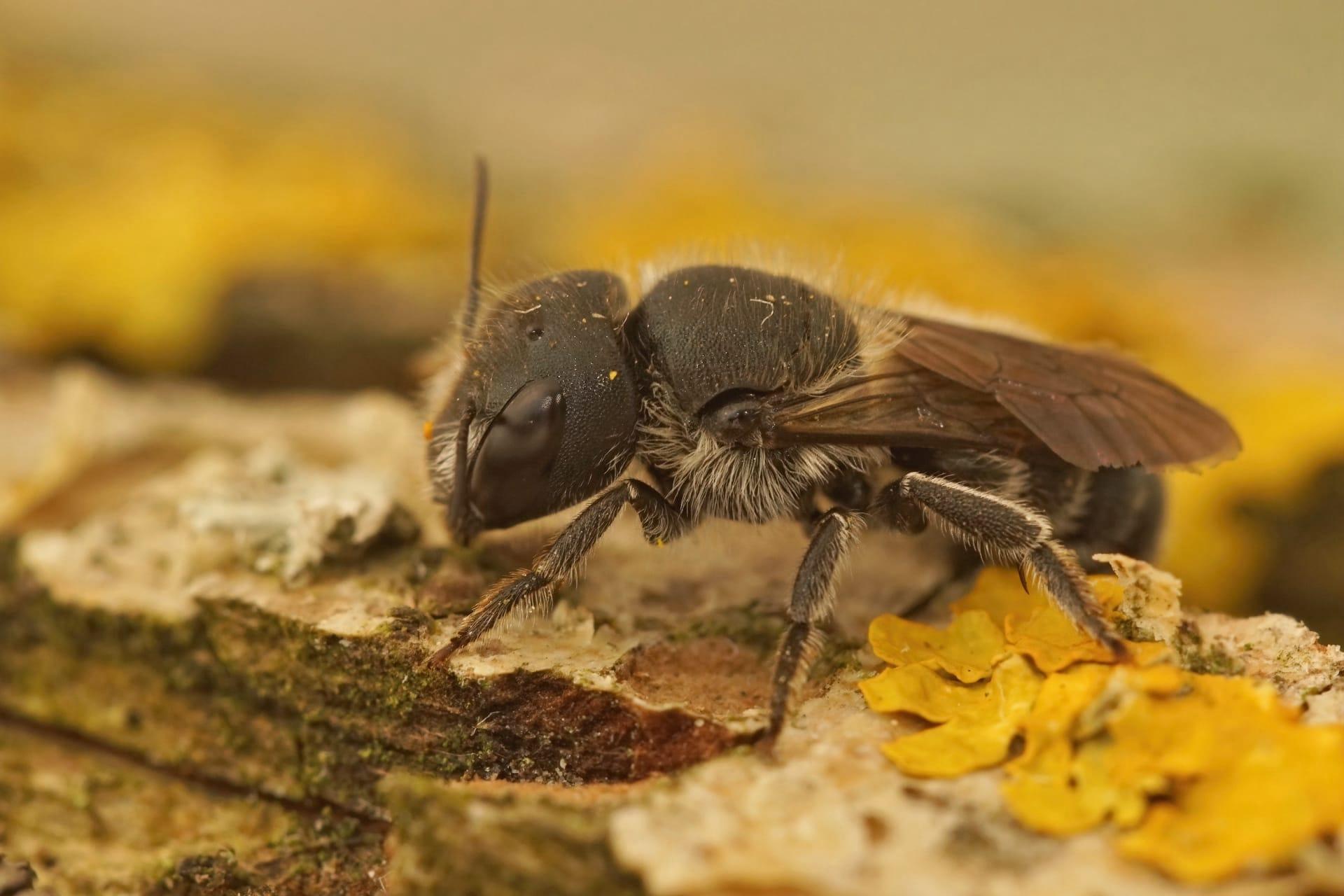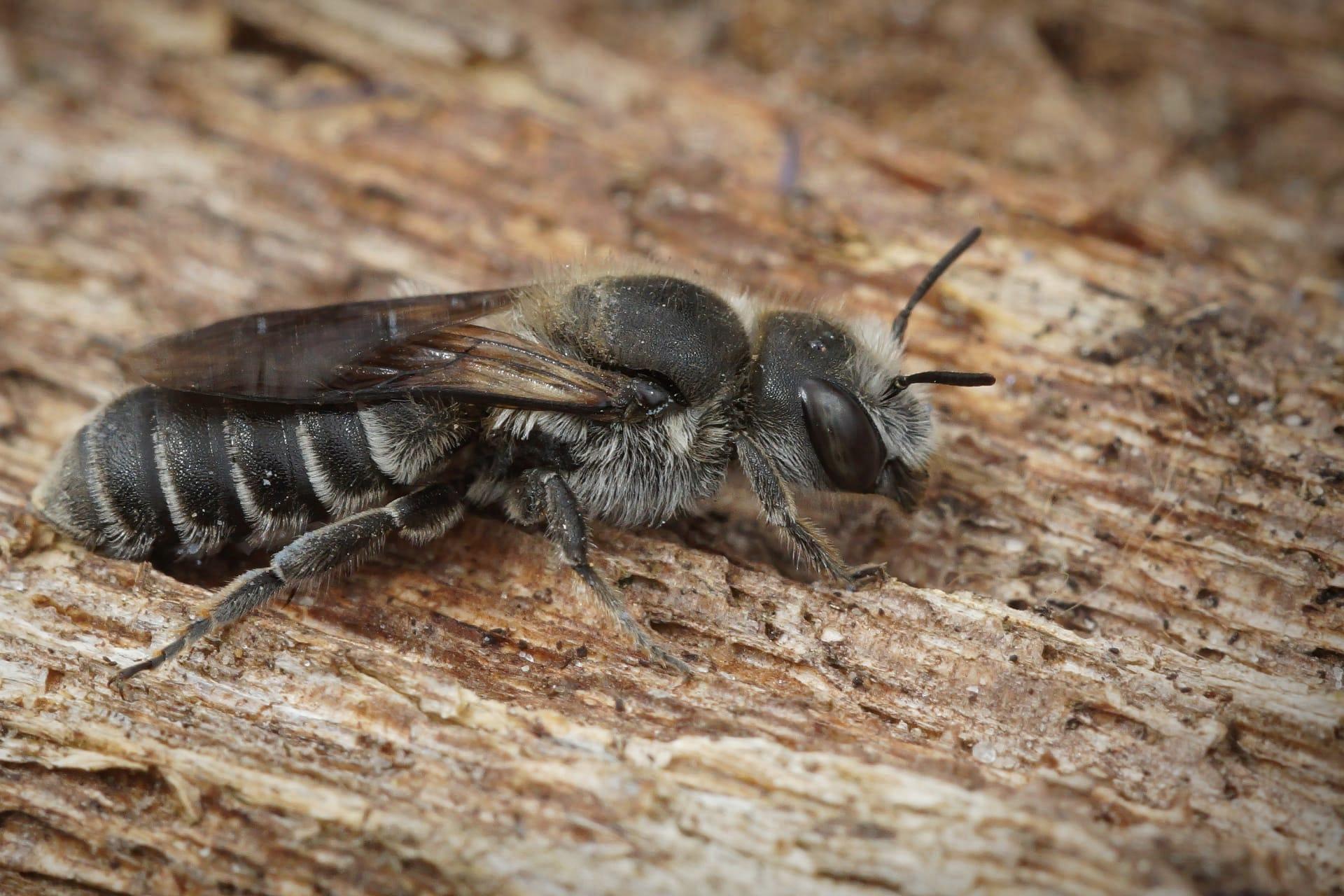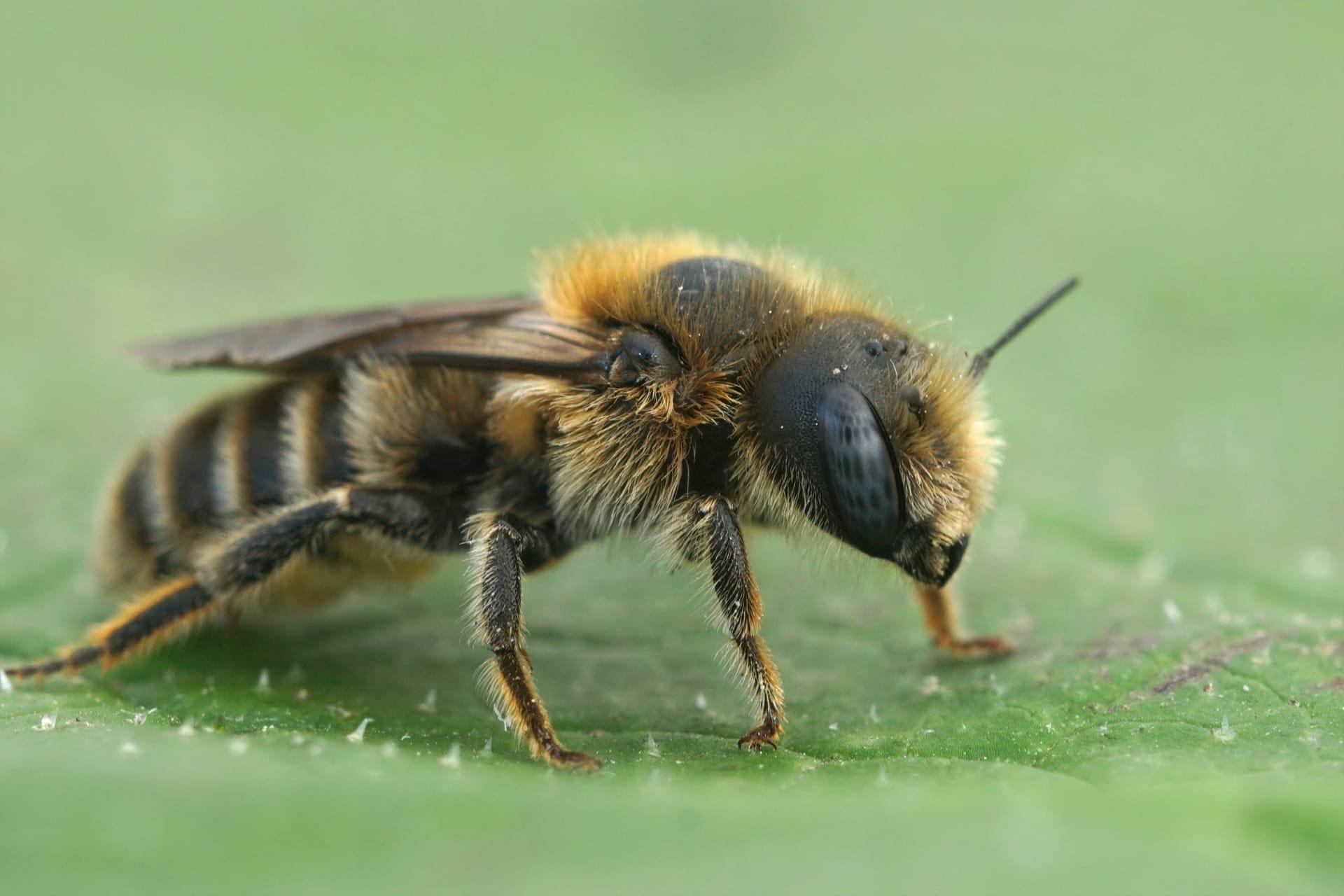Mason Bee Trivia
- Home /
- Trivia Question /
- Animal /
- Mason Bee Trivia
1
Question: What distinguishes Mason bees from other bee species in terms of appearance?
Answer: Mason bees are unique with their metallic blue or green sheen. Unlike honeybees, they are solitary and do not live in hives. Females average about 12 to 15 millimeters in length, slightly larger than the males, who are about 10 to 12 millimeters. Their stout bodies are covered in dense hair, which aids in pollen collection.
Question: How do Mason bees contribute to the ecosystem?
Answer: Mason bees play a crucial role in pollination. They are particularly efficient at pollinating fruit trees and bushes due to their hairy bodies. A single Mason bee can do the pollination work of 120 honeybees, making them invaluable in areas where fruit production is vital. Their activity period aligns well with spring flowering, maximizing their impact.

2
Question: Is it true that Mason bees are aggressive and dangerous?
Answer: Contrary to common belief, Mason bees are very docile. They rarely sting unless trapped or squeezed. Their stings are less painful compared to honeybees and bumblebees. This gentle nature makes them excellent for backyard gardens and urban areas.
Question: Do Mason bees produce honey like honeybees?
Answer: Mason bees do not produce honey. They are solitary bees and do not have the social structure of honeybees that contributes to honey production. Instead, they collect pollen and nectar for immediate feeding or to stock their nests for their larvae.

3
Question: What is the lifespan of a Mason bee?
Answer: Mason bees have a relatively short lifespan. They emerge in early spring, live for about 4-6 weeks during which they mate and lay eggs. The larvae grow through summer and pupate in autumn, overwintering in their cocoons until the next spring. This cycle emphasizes the importance of their early spring activity.
Question: How do Mason bees build their nests?
Answer: Mason bees are named for their nesting habits. They use mud to construct and seal off individual cells within their nests, usually in pre-existing holes or cavities in wood or hollow stems. Each cell contains an egg and a supply of pollen and nectar for the emerging larva. This behavior distinguishes them from honeybees who build wax combs.

4
Question: Can Mason bees be harmful to structures or property?
Answer: Mason bees are not destructive to property. Unlike carpenter bees, they do not drill holes but rather use existing ones. They prefer naturally occurring holes or those made by other insects and are often encouraged by bee hotels or nesting blocks provided by gardeners.
Question: What challenges do Mason bees face in their environment?
Answer: Mason bees face several threats, including habitat loss, pesticide exposure, and competition for nesting sites. Parasitic wasps and mites can also be problematic. Conservation efforts focus on providing nesting habitats and reducing pesticide use, especially during their active months in spring.

5
Question: Are Mason bees effective in urban and suburban gardens?
Answer: Absolutely! Mason bees are excellent pollinators for small gardens and urban settings. Their non-aggressive nature and efficiency make them ideal for gardeners who wish to enhance pollination in their yards. Providing nesting materials and avoiding pesticides can attract and sustain these helpful bees.
Question: How do temperature and climate affect Mason bees?
Answer: Mason bees are highly sensitive to temperature. They are most active at temperatures between 55°F to 75°F (13°C to 24°C). Cold and rainy weather can limit their activity. Their lifecycle is synchronized with spring flowering plants, making them vital pollinators during this period. Climate change poses a challenge by potentially disrupting this synchronization.